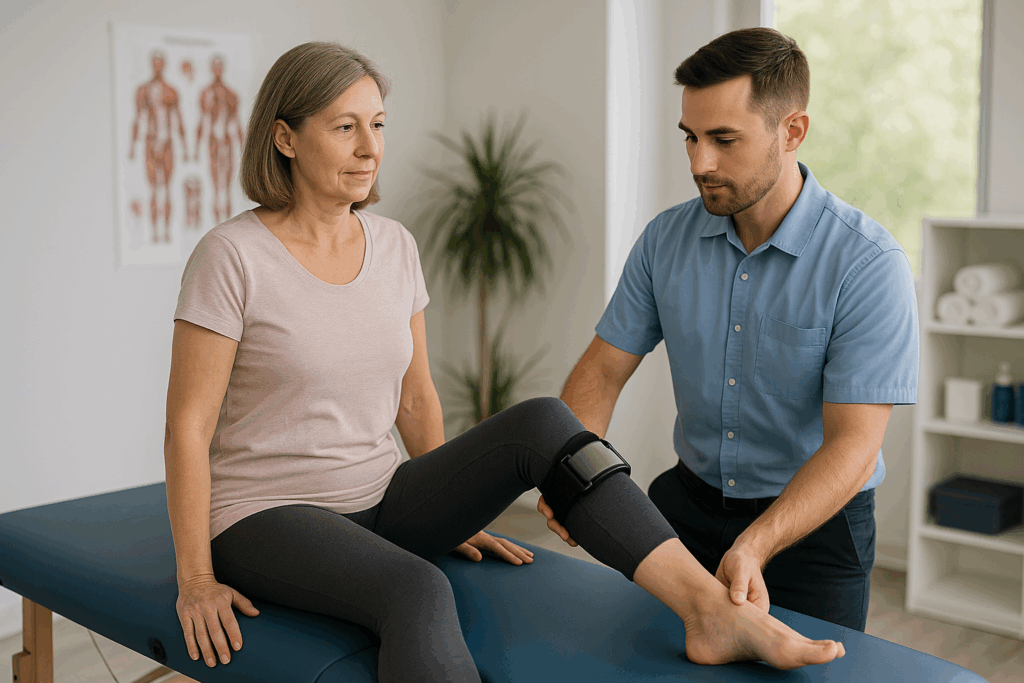Introduction
Chronic pain is a significant issue affecting approximately one in five U.S. adults. That’s over 51 million individuals dealing with persistent pain that compromises their daily activities and overall quality of life. Fortunately, there exist strategies like physical therapy which can offer effective avenues for managing such discomfort, leading to long-term relief and enhanced functionality. In this blog, we’ll explore the intricacies of managing chronic pain with physical therapy.
Understanding Chronic Pain
So, what exactly is chronic pain? It starts with receptor cells located around our skin and internal organs, containing messengers known as nociceptors. During instances of injury or illness, these cells send urgent messages through our nerves, making their way up to the spinal cord and, eventually, the brain.
Key Benefits of Physical Therapy for Chronic Pain Management
Physical therapy provides a personalized approach to chronic pain management. Leveraging their knowledge of the body, licensed therapists aim to fetch relief through various methods:
- Exercise Programs: Tailored programs that include stretching, strengthening, and range-of-motion exercises help in reducing pain and enhancing physical abilities.
- Manual Therapy: Techniques involving skilled hand movements help mobilize soft tissues and joints to relieve stiffness and improve mobility.
- Patient Education: Educating patients about their condition and pain management strategies empowers them to take active roles in their recovery journey.
How Physical Therapy Benefits Chronic Pain Patients
Let’s delve into the ways physical therapy provides benefits to those suffering from chronic pain:
- Improvement in Function and Mobility: Customized treatment plans assist in regaining lost functions and improving the range of motion of affected areas.
- Reduction in Pain Levels: Consistent and guided therapy interventions can dramatically lessen pain perceptions, leading to significant lifestyle improvements.
- Avoidance of Surgery: For some conditions, embracing physical therapy as an initial treatment helps avoid the risks and costs associated with surgical procedures.
Conclusion
In summation, while millions in America continue living with daily chronic pain, physical therapy stands as a beacon of hope. It offers customized treatments aimed at reducing pain and improving the quality of life. Therefore, if you or anyone around you struggles with chronic pain, consider consulting a recognized physical therapist to explore the broad realm of possibilities they offer.

